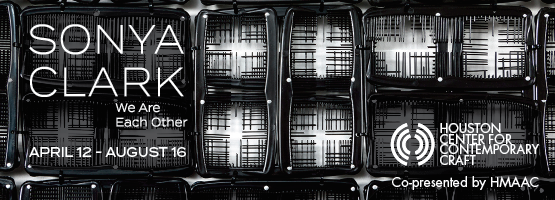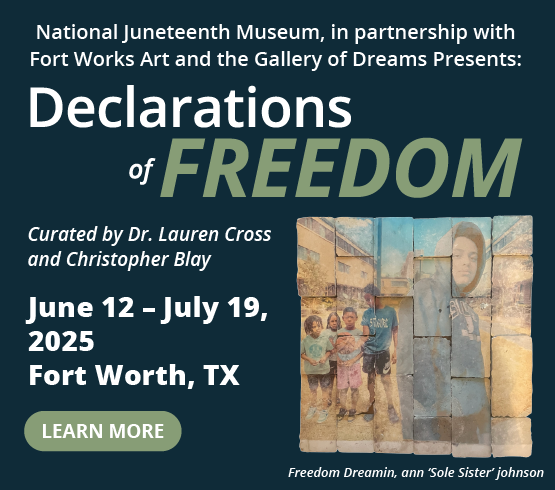Anila Quayyum Agha tells me that hope, like a flower or bird, is delicate. And that tender spirit can be bolstered through means of support and patterns of care, as reflected in her intricate artworks in steel and on paper.
A Beautiful Despair, Agha’s exhibition commissioned by The Carter, is on view at the museum through Jan. 9, 2022. The immersive, site-specific sculptural installation and related drawings are based on the artist’s multicultural experience.
She brought only drawing materials with her when she moved to the States and so was able to mostly work on a small scale. For the works on paper she created during this time, she incorporated cut-outs and embellishments, borrowing from what she learned from her mother and her sewing circles. Agha would stitch and cut the paper, leaving some holes to let in the light. It was as if she was trying to create healing on the edges.
Agha did her graduate work at the University of North Texas. And although she learned a great deal in the program, she had no representation on the faculty—no one who looked like her or could share her perspectives.
“I was encouraged to look at and model my work towards a Euro-western style of making, for example artists like Mark Rothko and Jackson Pollock. But I knew I had to make my work, and to find my own way. I thought and still think I can’t make work of other artists.”
Today she explains that she has adopted “the attitude of a collage”: many different meanings in a single space.
“These two new installations at the Carter are about perspectives as well as distortions,” says Agha. “The singular light bulb in earlier installations referenced unity via a singular point of view. But now I am playing with multiple light sources and colors, both within the space and in the objects, with blurred lines and cast shadows referencing thoughts and ideas overlapping and getting slightly distorted.”

1 ⁄4
Anila Quayyum Agha, A Beautiful Despair, 2021, laser cut, lacquered steel turquoise.

2 ⁄4
Anila Quayyum Agha, A Beautiful Despair, 2021, laser cut, lacquered steel turquoise.

3 ⁄4
Anila Quayyum Agha, Liminal Space, 2021, laser cut, lacquered steel saffron yellow.

4 ⁄4
For example, the exhibition at The Carter includes, among other works, A Beautiful Despair (Cube), made of laser cut lacquered steel. So that viewers must contend with its size, the sculpture is larger than human scale and hung so as to feel as if it is levitating. The turquoise color of the cube set against golden yellow walls creates a subtle green tint among two light sources that cast double shadows, eschewing the crisp shadow edges of her earlier installations. Agha creates an environment that feels as if we are underwater—a reference to rising waters around the world as well as the confusion and overwhelm of multiple points of view.
“I like working in that area where you have to deal with the contradictions,” she says.
Embodied in her patterns, immersed in the lines, boundaries, pathways, symmetries, light and shadows, is something else, something more, welcoming what lies ahead.
“The Carter is the first American art museum that has invited me to show my work. People often categorized me as an Islamic artist instead of a contemporary one. So, as a naturalized citizen of the US, I was and am thrilled at this invitation. It is an important step forward for me.”
—NANCY ZASTUDIL




